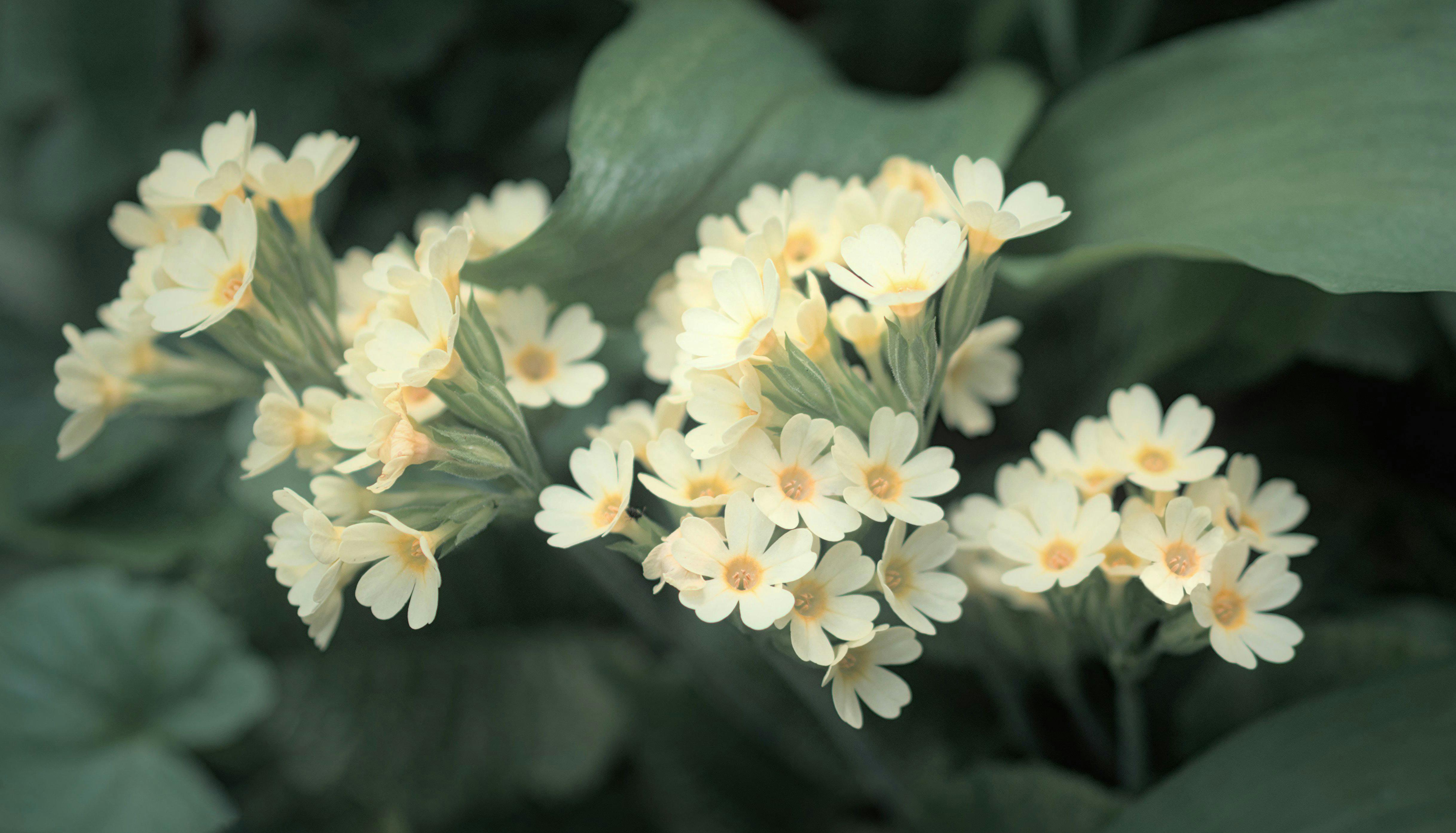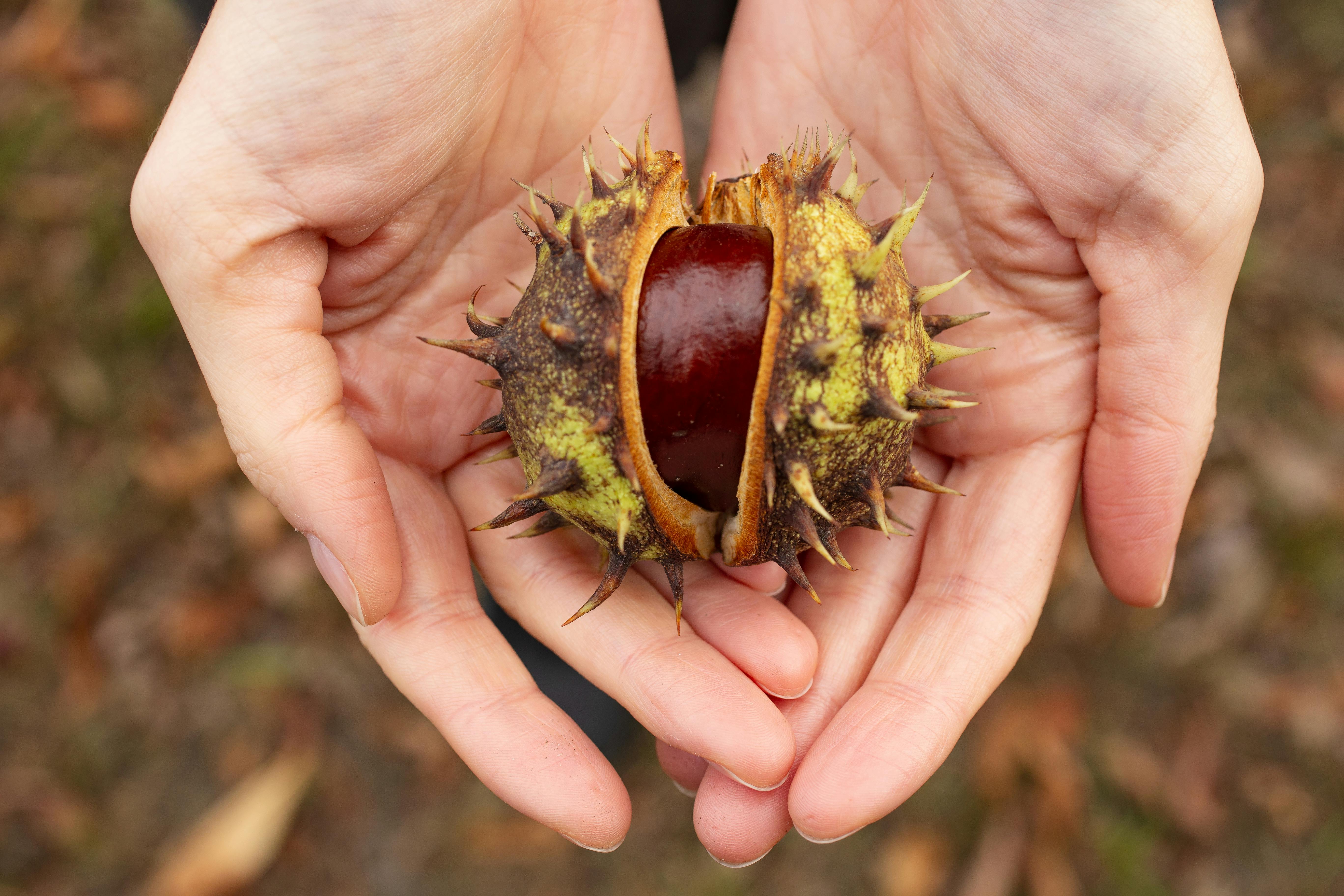Mr. Gardener: Your Comprehensive Guide to Gardening Success
Understanding the Basics of Gardening
Gardening can seem overwhelming for beginners, but understanding its basics can pave the way for a thriving garden. Mr. Gardener emphasizes the significance of knowing the right plants for your climate, soil preparation, and proper watering techniques. Starting with easy-to-grow plants allows beginners to gain confidence and experience before diving into more complex gardening tasks.
Choosing the Right Plants
When embarking on your gardening journey, one of the first decisions you’ll need to make is choosing the right plants. It’s important to consider your local climate and select species that thrive in your zone. For instance, if you’re in a warm region, you might want to opt for **sun-loving plants** such as tomatoes and sunflowers. Meanwhile, cooler climates are suitable for plants like lettuce and pansies. Doing a little research on native plants can also optimize success; they’re adapted to your conditions and require less maintenance.
Soil Preparation Techniques
Another crucial aspect of gardening is soil preparation. Good soil is the foundation on which your plants will thrive. Mr. Gardener recommends testing your soil before planting. You can purchase a **soil test kit** to determine its pH and nutrient content. Once you establish your soil type, amend it with organic matter like compost, which enriches the soil and improves drainage. Loamy soil is typically ideal for most plants because it retains moisture but doesn’t become waterlogged.

Watering Strategies for a Healthy Garden
Understanding the right watering strategies is vital for the health of your garden. Overwatering is a common mistake that can lead to root rot, while underwatering can stress the plants. Mr. Gardener suggests adopting a **deep watering method**; this means soaking the soil thoroughly a few times a week rather than giving light, frequent showers. Consider using soaker hoses or drip irrigation for consistency and efficiency. Remember, it’s best to water in the morning to prevent evaporation and fungal diseases.
Advanced Gardening Techniques
Once you have grasped the basics, exploring advanced gardening techniques can help you expand your gardening expertise. Mr. Gardener covers methods like companion planting, crop rotation, and vertical gardening to maximize space and enhance plant health.
Companion Planting Benefits
Companion planting involves strategic planting of different species to benefit one another. Certain plants enhance each other’s growth, deter pests, and improve flavors. For example, planting **basil** alongside **tomatoes** can repel harmful insects such as aphids while also enhancing the tomato’s flavor. This aggressive gardening technique not only promotes healthier plants but also makes pest management easier without the use of chemicals.
Crop Rotation for Soil Health
Crop rotation is a method where different plants are planted in the same area across seasons. This practice prevents soil depletion, reduces pest and disease buildup, and increases the diversity of soil nutrients. For instance, following a harvest of legumes like beans, you can plant leafy greens in the next season to benefit from the nitrogen these legumes add to the soil. Mr. Gardener recommends planning your garden layout each season to effectively rotate crops.

Exploring Vertical Gardening
Vertical gardening is an innovative way to maximize space and create a visually appealing garden. This technique is especially useful for urban dwellers with limited space, allowing you to utilize walls, fences, and trellises for planting. Consider planting **climbing plants** like cucumbers, peas, and pole beans which grow upwards, saving ground space for other crops. Vertical gardening not only increases your yield but also provides better air circulation and sunlight access for the plants.
Common Gardening Challenges and Solutions
Every gardener faces challenges, whether it’s pests, diseases, or unfavorable weather conditions. Mr. Gardener emphasizes addressing these issues head-on with practical solutions and proactive measures to maintain a healthy garden.
Pest Management Tips
Pest control is a common concern for gardeners. To protect your plants, Mr. Gardener advises using natural pest repellents such as neem oil, which is effective against a wide range of pests without harming beneficial insects. Additionally, introducing beneficial insects such as ladybugs can help maintain pest populations. Regular inspections are key; take time to examine your plants for early signs of damage and take prompt action.
Combating Diseases in the Garden
Plant diseases can devastate your garden if not managed properly. Mr. Gardener suggests practicing good hygiene by cleaning your tools and removing any diseased plant matter promptly. Implementing crop rotation can also help break disease cycles. Additionally, choosing disease-resistant varieties for your garden can significantly reduce the risk of outbreaks. Education is essential; familiarize yourself with common diseases in your area to identify problems early.
Key Takeaways
- Understanding soil and plant selection lays a strong foundation for gardening success.
- Advanced techniques like companion planting and vertical gardening can optimize your garden’s productivity.
- Proactive pest and disease management helps maintain the vibrancy of your garden.
FAQ
1. What are the best plants for a beginner garden?
For beginners, **easy-to-grow plants** such as radishes, lettuce, and marigolds are excellent choices. They have shorter growth cycles and are generally more forgiving of novice gardening mistakes.
2. How often should I water my garden?
The frequency of watering depends on several factors such as plant type, weather conditions, and soil type. Typically, a deep watering 2-3 times per week is recommended to encourage deep root growth.
3. What is the role of compost in gardening?
Compost adds essential nutrients to the soil, improves drainage, and enhances overall soil structure. It’s a crucial element for maintaining healthy garden soil.
4. How can I identify plant diseases?
Common symptoms of plant diseases include yellowing leaves, wilting, and unusual spots. Regularly inspecting your plants allows you to catch and treat issues early.
5. What tools are essential for a home gardener?
Essential tools include a trowel, pruners, a hoe, and a watering can. Each tool serves a unique purpose and helps maintain efficiency and effectiveness in gardening tasks.
